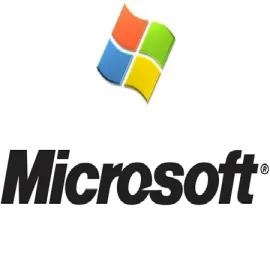Addressing the presumption of validity in ex parte re-examinations, the U.S. Court of Appeals for the Federal Circuit reiterated that the presumption of validity does not apply to patents under reexamination in the U.S. Patent and Trademark Office (Patent Office). Rather, the correct evidentiary standard is preponderance of the evidence. In 1997, Dome asserted a patent directed to a method of making contact lens materials that are both rigid and gas permeable against six contact lens manufacturers. One of the defendants requested ex parte reexamination, which the Patent Office granted in June 1999. The district court proceedings were stayed pending a final determination in the reexamination proceeding. In the reexamination, the Patent Office canceled claim 1 of the patent, holding that the claim was obvious over three prior art references. Dome then filed suit, against the Patent Office in the district court, under 35 U.S.C. § 145, seeking to overturn the cancellation of the claim. The district court, however, affirmed the cancellation of the claim. Dome appealed the district court’s decision, arguing that under Microsoft Corp. v. i4i Ltd. Partnership the district court and the Patent Office should have applied the clear and convincing evidence standard due to the presumption of validity. Dome Patent L.P. v. Lee, Case No. 14-1673 (Fed. Cir., Sep. 3, 2015) (Hughes, J.)
On appeal, the Federal Circuit found that the district court had applied the correct standard and had not erred in its patentability analysis. The Court explained that Dome’s reliance on § 282 and the holding in Microsoft Corp. v. i4i Ltd. Partnership was misplaced. The Court explained that the clear and convincing evidence standard “stems from our suggestion that the party challenging a patent in court ‘bears the added burden of overcoming the deference that is due to a qualified government agency presumed to have done its job.’” But, in re-examination proceedings, “an examiner is not attacking the validity of a patent, but is conducting a subjective examination of claims in light of the prior art.” For ex parte re-examination, the Patent Office “reopens prosecution to determine whether the claimed subject matter should have been allowed in the first place.” The Court reasoned that in those re-examination proceedings, there is no need to presume that the Patent Office had done its “job” in the previous examination. The Court further observed that the legislative history evidenced that Congress actually intended that patents under reexamination not be accorded special deference. According to the Federal Circuit, “[w]e would hinder this intent if we required the district court here to presume that the reexamined patent claim is valid because of the Patent Office’s previous determination and, consequently, to impose a burden to defend its own subsequent reexamination decision by clear and convincing evidence.” Noting that Dome had not disputed the Patent Office’s finding that the cited prior art taught the elements of the claim, the Court found that the district court had not erred in affirming the Patent Office’s conclusion of obviousness.
Practice Note: While arising in the relatively rare context of an ex parte re-examination commenced prior to November 29, 1999, this decision similarly applies to current ex parte re-examinations and also those lingering inter partes re-examinations filed before enactment of the America Invents Act.




 />i
/>i
